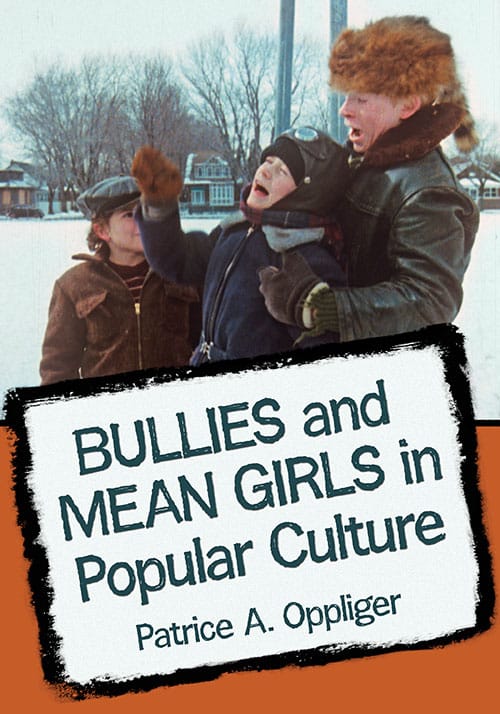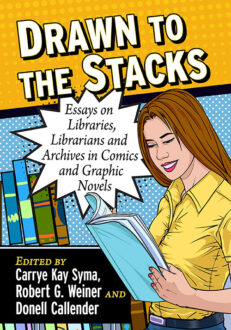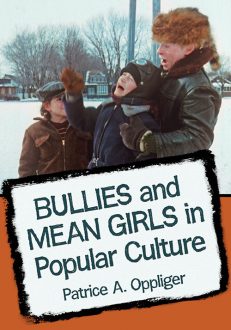Bullies and Mean Girls in Popular Culture
$39.95
In stock
About the Book
The numerous anti-bullying programs in schools across the United States have done little to reduce the number of reported bullying instances. One reason for this is that little attention has been paid to the role of the media and popular culture in adolescents’ bullying and mean-girl behavior.
This book addresses media role models in television, film, picture books, and the Internet in the realm of bullying and relational aggression. It highlights portrayals with unproductive strategies that lead to poor resolutions or no resolution at all.
Young viewers may learn ineffective, even dangerous, ways of handling aggressive situations. Victims may feel discouraged when they are unable to handle the situation as easily as in media portrayals. They may also feel their experiences are trivialized by comic portrayals. Entertainment programming, aimed particularly at adolescents, often portray adults as incompetent or uncaring and include mean-spirited teasing. In addition, overuse of the term “bully” and defining all bad behavior as “bullying” may dilute the term and trivialize the problem.
About the Author(s)
Bibliographic Details
Patrice A. Oppliger
Format: softcover (7 x 10)
Pages: 292
Bibliographic Info: bibliography, index
Copyright Date: 2013
pISBN: 978-0-7864-6865-2
eISBN: 978-1-4766-0246-2
Imprint: McFarland
Table of Contents
Acknowledgments viii
Preface 1
Introduction 2
1. Bullies and the Media 7
2. Mean Girls and the Media 19
3. Film Bullies 29
4. Film Mean Girls 56
5. Television Bullies 74
6. Television Mean Girls 97
7. Television Sitcoms 112
8. Glee’s Bullies and Mean Girls 157
9. Documentaries and Talk Shows 167
10. Television Reality Shows 178
11. Children’s Programs 192
12. Children’s Literature 214
13. Alternative Media 232
14. Pro-Social and Anti-Bullying Messages 243
15. Analysis and Recommendations 258
List of Programs by Chapter 267
Bibliography 273
Index 279
Book Reviews & Awards
“A fine survey of anti–bullying school programs…a powerful analysis”—Midwest Book Review.






